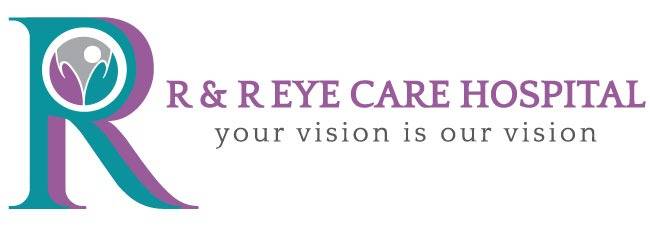Beyond LASIK: Exploring Advanced Vision Correction - PRK and ICL
In the realm of vision correction, LASIK has long been hailed as the gold standard, offering millions of individuals worldwide the opportunity to achieve clear, crisp vision without the need for glasses or contact lenses. However, LASIK may not be suitable for everyone due to various factors such as corneal thickness, refractive error severity, and pre-existing eye conditions. Fortunately, advancements in ophthalmic technology have paved the way for alternative procedures such as PRK (Photorefractive Keratectomy) and ICL (Implantable Collamer Lens), offering safe, effective solutions for those seeking to enhance their vision beyond LASIK. In this comprehensive guide, we delve into the intricacies of PRK and ICL, empowering you with the knowledge to make informed decisions about your vision correction journey.
Section 1: Understanding the Limitations of LASIK
LASIK surgery involves creating a corneal flap and reshaping the underlying tissue with a laser to correct refractive errors such as nearsightedness, farsightedness, and astigmatism. While LASIK offers excellent visual outcomes for many patients, it may not be suitable for individuals with thin or irregular corneas, high refractive errors, or certain corneal abnormalities. Additionally, LASIK carries a risk of flap-related complications and dry eye syndrome, particularly in patients with predisposing factors. For these individuals, alternative vision correction options such as PRK and ICL offer safe and effective alternatives.Section 2: PRK (Photorefractive Keratectomy): A Proven Alternative
PRK, a precursor to LASIK, involves the removal of the corneal epithelium (outer layer) to expose the underlying stroma, which is then reshaped with an excimer laser to correct refractive errors. Unlike LASIK, PRK does not require the creation of a corneal flap, making it a suitable option for individuals with thin or irregular corneas, as well as those at higher risk of flap-related complications. While PRK typically entails a longer recovery period and temporary visual fluctuations compared to LASIK, it offers comparable long-term visual outcomes and stability, making it a preferred choice for many patients seeking alternative vision correction options.Section 3: ICL (Implantable Collamer Lens): The Minimally Invasive Option
ICL, also known as implantable contact lens or phakic intraocular lens, is a removable lens implant placed inside the eye to correct refractive errors. Unlike corneal-based procedures such as LASIK and PRK, ICL works independently of the cornea, making it suitable for individuals with thin corneas, high refractive errors, or irregular astigmatism. The ICL procedure involves making a small incision to implant the lens behind the iris, where it remains in place to provide permanent vision correction. With its minimally invasive nature and rapid visual recovery, ICL offers a safe and effective alternative for patients seeking long-term freedom from glasses or contact lenses.Section 4: Comparative Analysis of PRK and ICL
When comparing PRK and ICL, several factors should be considered to determine the most suitable option for each patient’s individual needs and preferences. PRK offers the advantage of not requiring an intraocular implant, making it a reversible procedure with minimal risk of intraocular complications. However, PRK may entail a longer recovery period and temporary visual fluctuations compared to ICL. On the other hand, ICL provides rapid visual recovery and stable visual outcomes, with the added benefit of preserving corneal tissue for potential future procedures. The choice between PRK and ICL depends on factors such as refractive error severity, corneal thickness, ocular health, and patient preferences regarding surgical invasiveness and recovery time.Section 5: Choosing the Right Alternative for You
When considering PRK vs. ICL as alternatives to LASIK, it is essential to consult with a qualified ophthalmologist to assess your candidacy and determine the most suitable option based on your individual characteristics and goals. Your ophthalmologist will conduct a comprehensive eye evaluation to evaluate factors such as corneal thickness, refractive error severity, ocular health, and lifestyle considerations. Together, you will explore the benefits and potential risks of each procedure, weighing the pros and cons to make an informed decision about your vision correction journey. In conclusion, PRK and ICL offer safe, effective alternatives to LASIK for individuals seeking to enhance their vision beyond traditional refractive surgery options. Whether you opt for PRK or ICL, rest assured that you are embarking on a transformative journey towards clearer, crisper vision and a life unrestrained by glasses or contact lenses. Embrace the opportunity to see the world through a new lens—sharp, vibrant, and limitless.Please call our office at +91 9987709710 | +91 8591124524 to book an appointment.




Leave A Comment